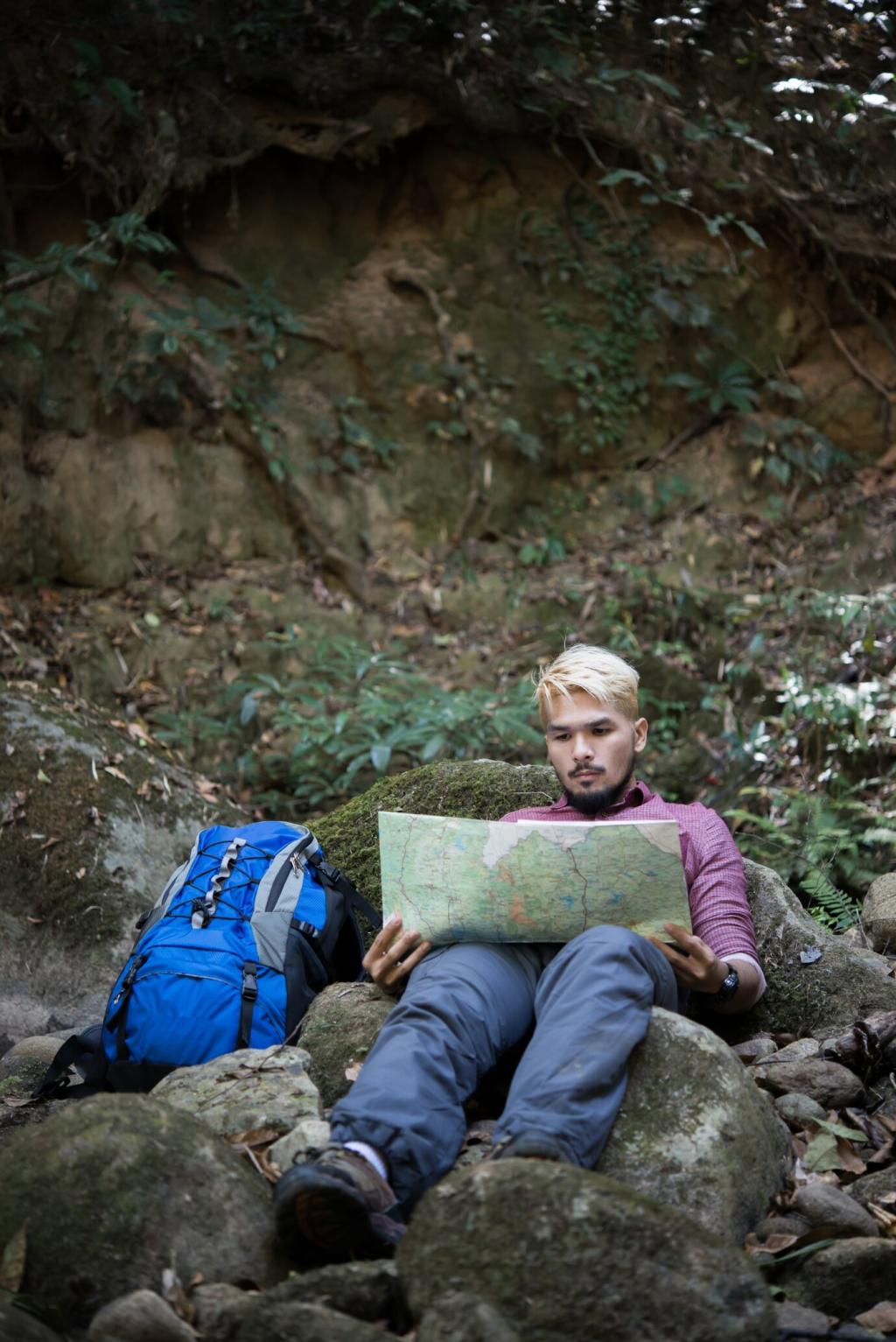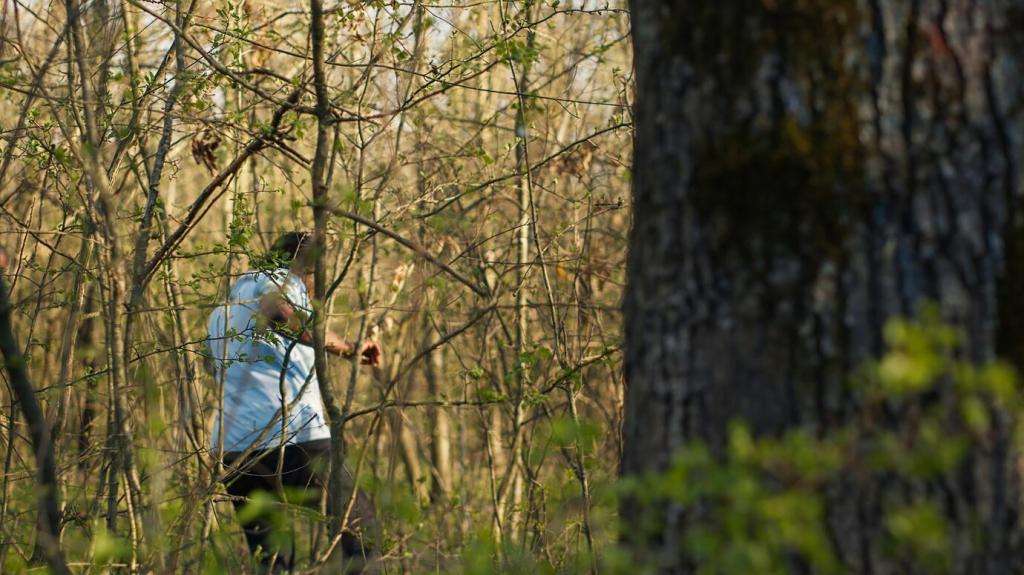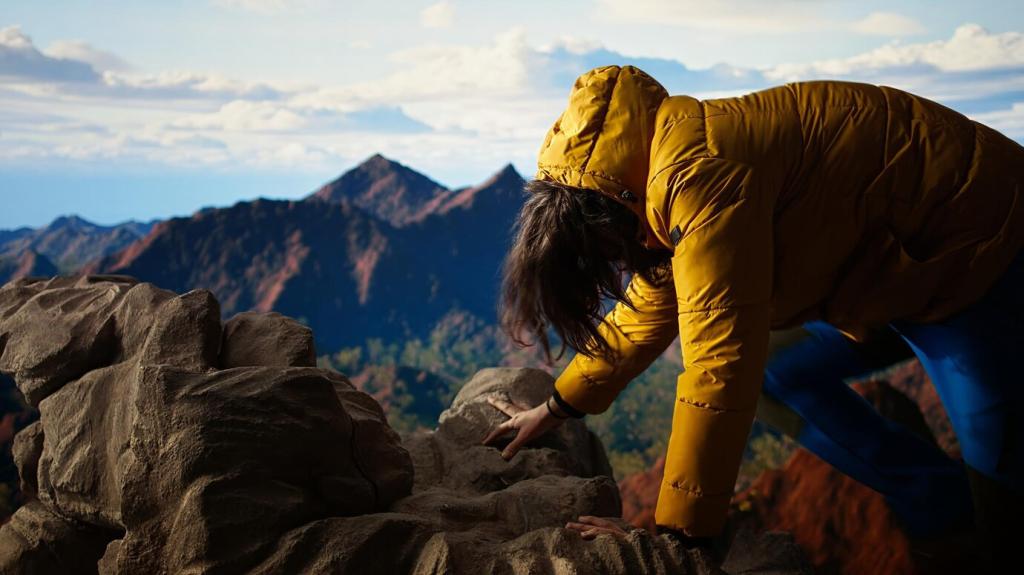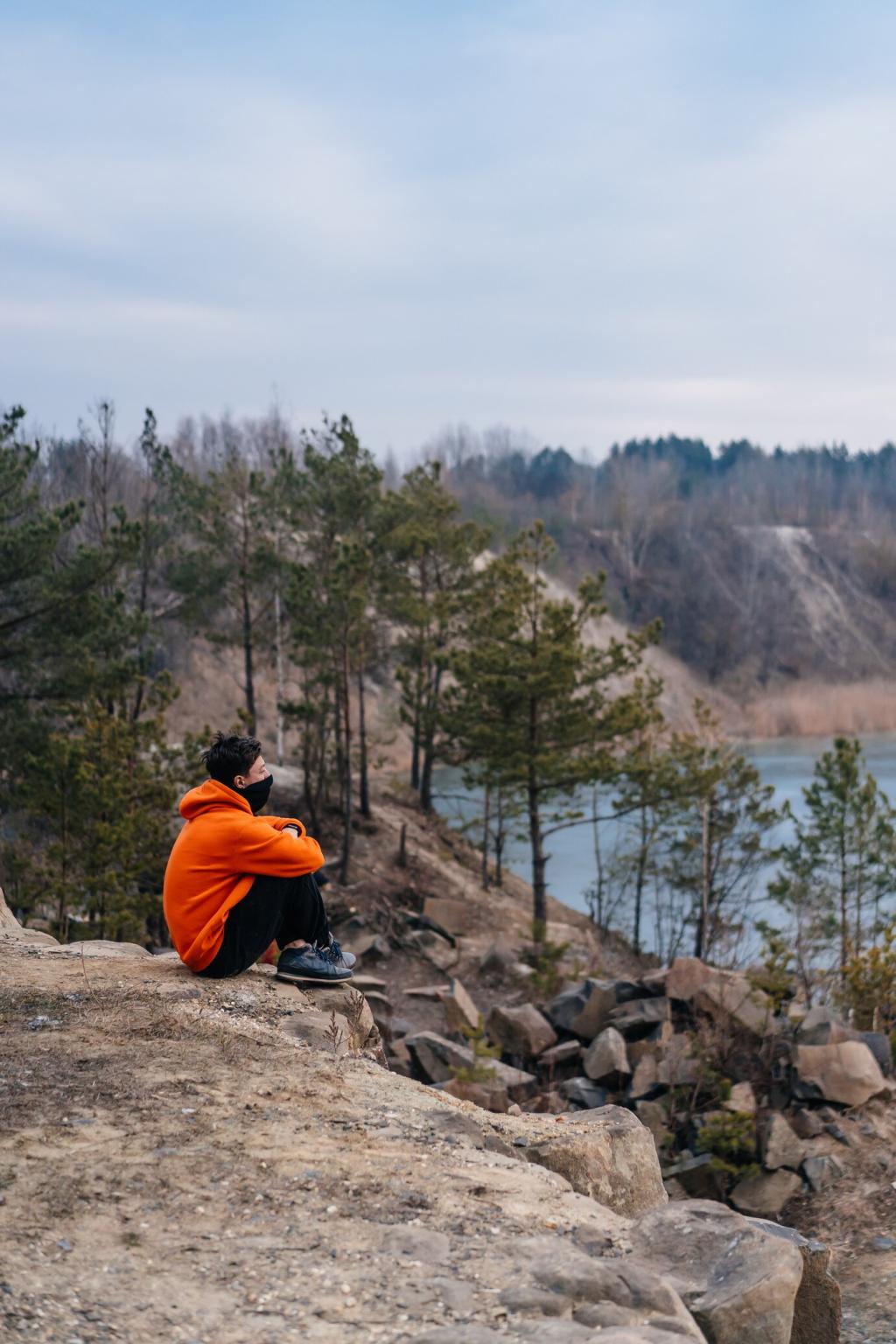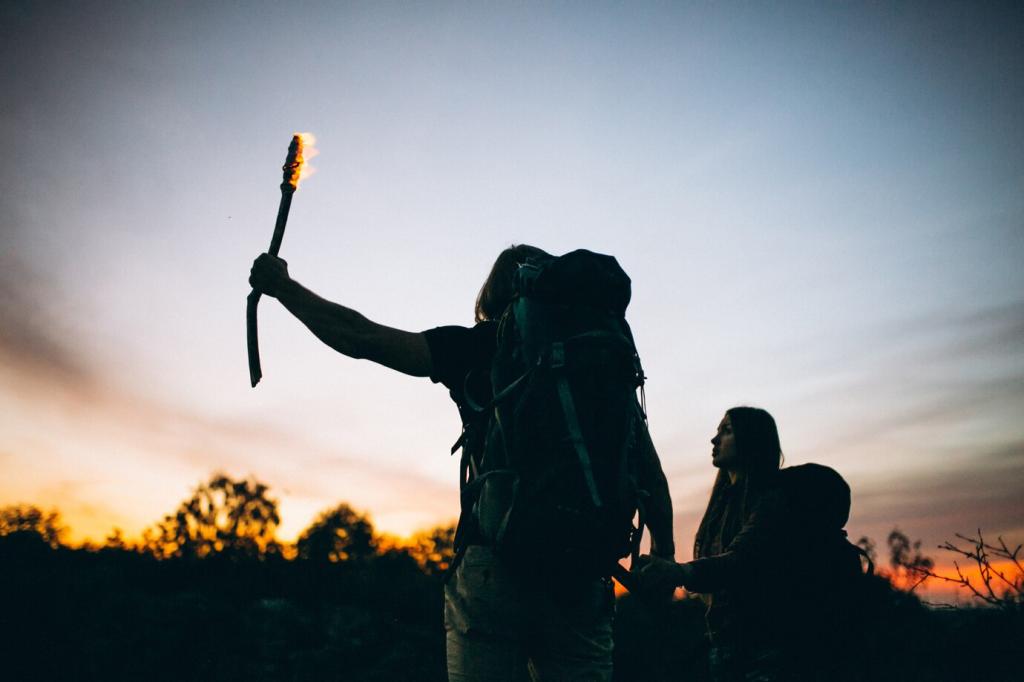Smart Tech, Smarter Backups
Preload routes, waypoints, and hazard notes. Record a track, but don’t follow it blindly; compare against terrain. Keep devices warm in cold weather to preserve accuracy. Use airplane mode to reduce drain without losing GPS reception.
Smart Tech, Smarter Backups
Download multiple offline map layers—topo, satellite, and slope shading—so a single data gap won’t trap you. Cross-check GPX routes against contours to spot unrealistic lines over cliffs or talus. Trust your eyes more than any line.

